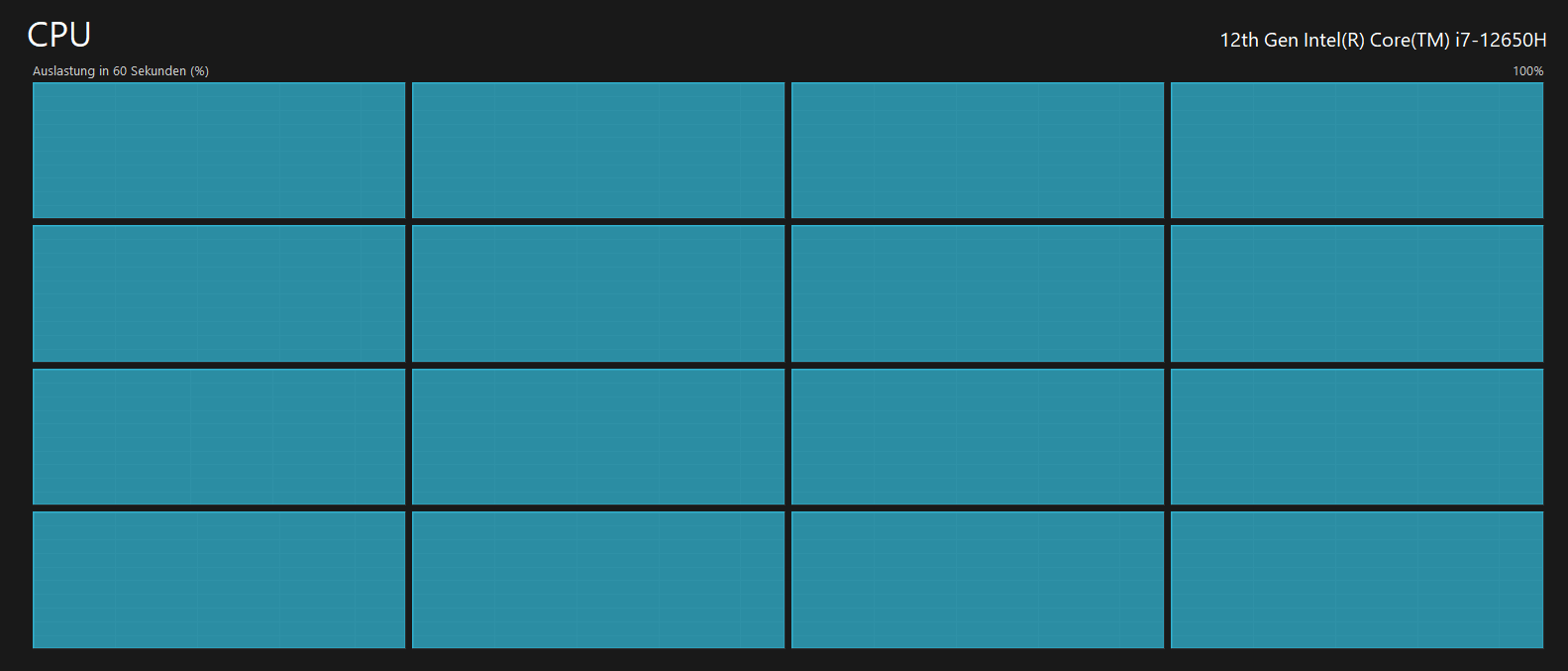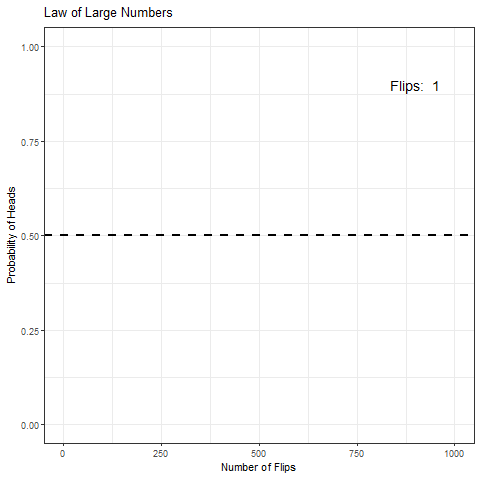11 Day 10
Announcements
You may have noticed I’ve been behind on grading corrections/getting lectures posted early…
I also have coursework, and for those who understand this image hopefully it’ll help convey why I’m less timely:

Exam 1 is October \(2^{nd}\)
We do not have the official room assignments yet, please do not ask me
- You will know when I know
There will be a full exam review prior
Exam test prep materials will be posted to the bookdown
- I might consider giving solutions
Homework 4 Corrections are posted
If you want anything graded in the next 3 weeks submit it within the next 10 days
- Otherwise, know in your heart of hearts that I am ignoring your emails
Review
Why do we study probability in statistics?
Probability
- A number between \(0\) and \(1\) that tells us how likely a given “event” is to occur
Probability equal to \(0\) means the event cannot occur
- \(P(x)=0\)
Probability equal to \(1\) means the event must occur
- \(P(x)=1\)
Probability equal to \(1/2\) means the event is as likely to occur as it is to not occur
- \(P(x)=0.5\)
Probability close to 0 (but not equal to 0) means the event is very unlikely to occur
- The event may still occur, but we’d tend to be surprised if it did
Probability close to 1 (but not equal to 1) means the event is very likely to occur
- The event may not occur, but we’d tend to be surprised if it didn’t
Experiment (in context of probability):
- An activity that results in a definite outcome where the observed outcome is determined by chance
Sample space:
- The set of ALL possible outcomes of an experiment; denoted by \(S\)
- Flip a coin once
\[S = \{H, T\}\]
- Randomly select a person and then determine blood type
\[S = \{A, B, AB, O\}\]
Event
A subset of outcomes belonging to sample space \(S\)
A capital letter towards the beginning of the alphabet is used to denote an event
Simple event
- An event containing a single outcome in the sample space \(S\)
- Example:
\[S = \{HH, HT, TH, TT\}\]
Let \(A = "\)we observe two heads\("\) \(= \{HH\}\) is a simple event
Compound event
- An event formed by combining two or more events (thereby containing two or more outcomes in the sample space \(S\))
- Example:
\[S = \{HH, HT, TH, TT\}\]
Let \(B = "\)we observe a head in the first or in the second flip\("\) \(= \{HT, TH, HH\}\) is a compound event
Subjective Probability
Probability is assigned based on judgement or experience
i.e. expert opinion, personal experience, “vibe math”
Classical Probability
Make some assumptions in order to build a mathematical model from which we can derive probabilities
It’s not vibe math but it can definitely feel like it
\[P(A) = \frac{\text{number of outcomes in event } A}{\text{total number of outcomes in } S}.\]
Relative or Empirical Probability
- Think of the probability of an event as the proportion of times that the event occurs
\[P(x) \approx \frac{\text{number of times x is observed}}{\text{number of samples}}\]
Law of Large Numbers
As the size of our sample (i.e., number of experiments) gets larger and larger:
The relative frequency of the event of our interest gets closer and closer to the true probability

Probability Continued
A probability model assigns a probability to each possible event constructed from the simple events in a particular sample space describing a particular experiment
For a finite sample space with \(n\) simple events, e.g. \(S = \{E_1, E_2, \dots, E_n\}\):
- The probability model assigns a number \(p_i\) to event \(E_i\) where \(P(E_i) = p_i\) so that:
\(0 \leq p_i \leq 1\)
\(p_1 + p_2 + \dots + p_n = 1\) (as a consequence, \(P(S) = 1\))
For an equally-likely probability model, the probability of observing \(E_i\) is:
\[P(E_i) = p_i = \frac{1}{n}\]
If \(A\) is an event in an equally-likely sample space \(S\) and contains \(k\) outcomes, then:
\[P(A) = \frac{\text{No. of outcomes in } A}{\text{No. of outcomes in } S} = \frac{k}{n}\]
Example
- Suppose there are 200 potential blood donors, and their blood types are classified & counted in the table below:
\[ \begin{array}{|c|c|c|c|c|c|} \hline \textbf{Blood Type} & \textbf{A} & \textbf{B} & \textbf{AB} & \textbf{O} & \textbf{Total} \\ \hline \text{Count} & 80 & 20 & 10 & 90 & 200 \\ \hline \end{array} \]
Our experiment involves selecting one donor and finding out what the blood type is
We make a random selection so that everyone has the same chance of being selected
- What kind of sample is this?
The sample space \(S\) is the set of all 200 donors
The probability model for this experiment is given as follows:
\[ \begin{array}{|c|c|c|c|c|c|} \hline \textbf{Outcome} & \textbf{A} & \textbf{B} & \textbf{AB} & \textbf{O} & \textbf{Total} \\ \hline \text{Count} & 0.4 & 0.1 & 0.05 & 0.45 & 1 \\ \hline \end{array} \]
If \(A\) is an event in \(S\), then the event where \(A\) does not occur is called the complement of \(A\)
Denote the complement of \(A\) by \(A^c\) – read this as “A-complement”
Complement Rule
\[P(A^c) = 1 - P(A) \quad \text{or} \quad P(A) = 1 - P(A^c)\]
Note: This rule is useful when \(P(A)\) is difficult to calculate but \(P(A^c)\) is easy (or vice versa)
Example
Suppose we roll a fair 6-sided die twice, then \(S\) contains 36 equally-likely outcomes in the form of 36 ordered pairs, i.e. \((1, 1), (1, 2), \dots, (6, 5), (6, 6)\)
Let \(A\) be “roll doubles”
- Then \(P(A) = \frac{6}{36} = \frac{1}{6}\)
\(A^c\) is the event we “do not roll doubles”, and:
\[P(A^c) = 1 - P(A) = 1 - \frac{1}{6} = \frac{5}{6}\]
Note: We could have counted the number of non-doubles in \(S\), but this requires more effort
Unions and Intersections
From this point forward, there will be picture drawing
The union of two events \(A\) and \(B\), denoted \(A \cup B\), are all outcomes that belong to \(A\), \(B\), or both
- Saying \(A \cup B\) is equivalent to saying “A or B”
The intersection of two events \(A\) and \(B\), denoted \(A \cap B\), are all outcomes that belong to both \(A\) and \(B\)
- Saying \(A \cap B\) is equivalent to saying “A and B”
Example In rolling a die once, consider events \(A\) and \(B\):
\(A\): Roll an even number: \(\{2, 4, 6\}\)
\(B\): Roll a number greater than 4: \(\{5, 6\}\)
\[\Rightarrow A \text{ or } B = \{2, 4, 5, 6\}\]
\[\Rightarrow A \text{ and } B = \{6\}\]
Example 1
In a statistics class of 30 students, there were 13 men and 17 women. Two of the men and three of the women received an A in this course. A student is chosen at random from the class
Find the probability that the student is a woman
Find the probability that the student received an A
Find the probability that the student is a woman or received an A
Mutual Exclusivity
Two events \(A\) and \(B\) are mutually exclusive if they do not share any common outcomes
Roll a die:
\(A\): Roll a 1 or a 2: \(\{1, 2\}\)
\(B\): Roll an even number: \(\{2, 4, 6\}\)
\(C\): Roll a 3, 4, or 5: \(\{3, 4, 5\}\)
Events \(A\) and \(C\) are mutually exclusive. Knowing that we rolled a 1 or 2 implies that we did not roll a 3, 4, or 5
Events \(A\) and \(B\) are not mutually exclusive as \[A \text{ and } B = \{2\}\]
Addition rule for mutually exclusive events \(A\) and \(B\):
\[P(A \text{ or } B) = P(A) + P(B)\]
Conditional Probability
A conditional probability of an event is a probability obtained with the additional information that some other event has already occurred
\(P(A|B)\) denotes the conditional probability of event \(A\) given that event \(B\) has already occurred
\[P(A|B) = \frac{P(A \text{ and } B)}{P(B)}\]
- Similarly,
\[P(B|A) = \frac{P(A \text{ and } B)}{P(A)}\]
Example 2
An economist predicts a 60% chance that stock \(A\) will perform poorly and a 25% chance that stock \(B\) will perform poorly. There is also a 16% chance that both stocks will perform poorly
What is the probability that stock \(A\) performs poorly given that stock \(B\) performs poorly?
Example 3
Below table shows the results from an experiment in which college students were given either 4 quarters or a $1 bill
\[ \begin{array}{|c|c|c|} \hline \textbf{} & \textbf{Purchased Gum} & \textbf{Kept the Money} \\ \hline \text{Students Given Four Quarters} & 27 & 12 \\ \hline {\text{Students Given a 1 Dollar Bill}} & 19 & 33 \\ \hline \end{array} \]
Find the probability of randomly selecting a student who:
spent the money, given that the student was given 4 quarters (round to 3 decimal places)
kept the money, given that the student was given a $1 bill (round to 3 decimal places)
Multiplication Rule
From the definition of the conditional probability
\[ P(A|B) = \frac{P(A \text{ and } B)}{P(B)}, \]
we have the following multiplication rule for finding \(P(A \text{ and } B)\):
\[P(A \text{ and } B) = P(A|B) P(B)\]
Independence
Events \(A\) and \(B\) are independent if the outcome of \(A\) does not affect the outcome of \(B\) and vice versa
In terms of conditional probability, the probability of \(A\) does not change given \(B\) happened and vice versa
That is, \(A\) and \(B\) are independent if one of the following is true:
\(P(A|B) = P(A)\)
\(P(B|A) = P(B)\)
\(P(A \text{ and } B) = P(A)P(B)\)
(You can show that all three statements are equivalent.)